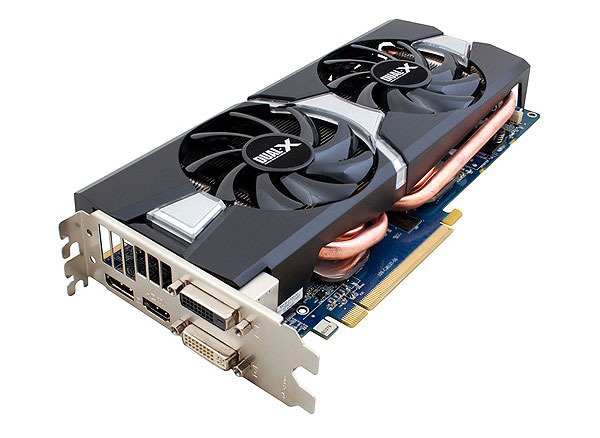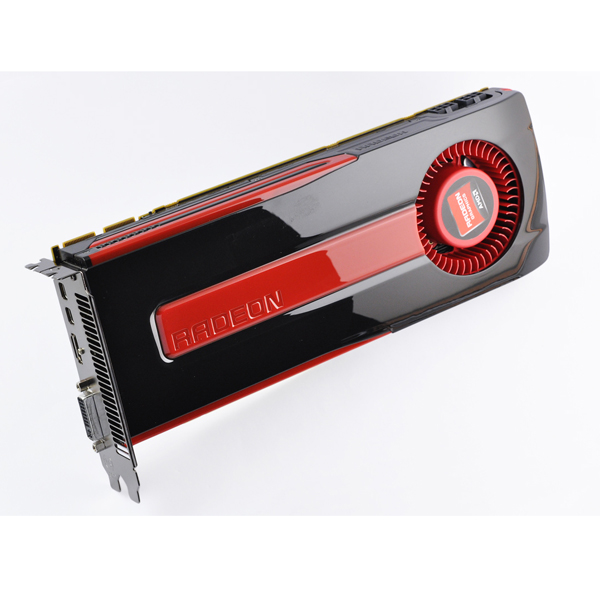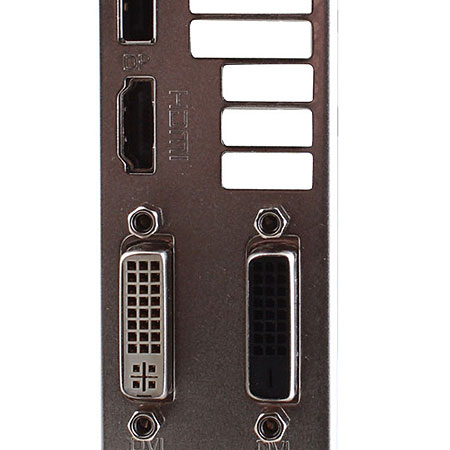Sapphire's Dual-X R9 280 OC Graphics Card Review
We take a look at the value proposition offered by Sapphire's Dual-X R9 280 and consider it's performance compared to its competitor, the GeForce GTX 760, and its predecessor, the Radeon HD 7950 Boost.
Sapphire's Radeon R9 280: Still Competitive
AMD just announced its Radeon R9 285. Based on specifications, this upcoming graphics card has raw performance similar to the Radeon R9 280 it is likely to replace, at the same $250 price point. But before the R9 285 arrives, we'd like to take stock of where the Radeon R9 280 sits in the current scheme of things, and specifically what Sapphire's Dual-X OC brings to the table.
AMD has a rich history of iterating its Tahiti GPU in the 1792-shader configuration, from the 800 MHz Radeon HD 7950 to the 933 MHz (peak) Radeon R9 280. Of course, all of those cards use 1250 MHz (5 GT/s effective) GDDR5 memory. The upcoming Radeon R9 285 marks the first bump in memory clock for this class of AMD card at 1375 MHz (5.5 GT/s effective, the same as the Radeon HD 7970), but this is more than offset by a thinner 256-bit memory interface, and its maximum GPU boost clock rate drops slightly to 918 MHz.
With a 940 MHz peak frequency, Sapphire's Dual-X R9 280 OC has the highest GPU clock rate of any of these options, although it beats the reference Radeon R9 280 by a mere 7 MHz. That doesn't sound like much, but keep in mind that the real-world clock rate is limited by temperature. Sapphire's real strength isn't the overclock; what matters is whether or not the Dual-X cooler has the ability to control the thermal ceiling in order to keep the GPU running at the highest possible frequency for as long as possible.
Sapphire's Dual-X R9 280 OC sports the unique Dual-X cooler with a black-on-gray theme, attached to the company's namesake-colored PCB. That board measures 10.25" x 3.89" and weighs 1 lb 10 oz, making it slightly smaller and significantly lighter than AMD's reference Radeon HD 7950 Boost card at 10.5" x 3.89" and 2 lbs.
This particular product's graphics processor is rated for 850 MHz base, with a boost state of 940 MHz, and 1250 MHz GDDR5 memory. The amount of memory used on Tahiti-based boards is at least generous 3 GB, and the Dual-X is no exception.
The aluminum heatsink features four beefy 8 mm copper pipes, cooled by two 85 mm low-profile fans. The card's 250 W TDP requires two six-pin auxiliary power connectors.
Note the two CrossFire connectors on the right, allowing as many as four cards to render cooperatively. A Dual BIOS switch allows the user to select either legacy or UEFI compatibility modes. As an added bonus, it also provides a measure of safety for those who like to tweak their cards with a ROM flash.
Get Tom's Hardware's best news and in-depth reviews, straight to your inbox.
The Dual-X R9 280 is equipped with a DVI-I, DVI-D, full-sized DisplayPort, and full-sized HDMI output.
The package includes a CrossFire bridge, a six-foot HDMI cable, two Molex-to-six-pin PCIe power adapters, manual, registration card, driver CD, and case sticker.
Now that we're familiar with the product, let's see how it performs.
Current page: Sapphire's Radeon R9 280: Still Competitive
Next Page How We Tested Sapphire's Dual-X R9 280 OCDon Woligroski was a former senior hardware editor for Tom's Hardware. He has covered a wide range of PC hardware topics, including CPUs, GPUs, system building, and emerging technologies.
-
blackmagnum This... as a newer, faster and more power efficient R9 285 comes out?Reply
What are the board partners thinking? -
Omegaclawe They got the wrong memory bandwidth for the R9 280 and 7950 cards... it's 384-bit.Reply
Which is why I'm worried that the 285 won't be able to keep up. Particularly at higher resolutions.
-
elbert Wow mantle gives Intel 6 cores relevance in games. Wonder if AMD will design a 16 core now for the AM3? Cant wait to see mantle on Intels new 8 core CPU's.Reply -
Shneiky Am I the only one who finds it unfair to bench an Overclocked card and put it against a reference model?Reply -
elbert The mantle 4770 test for thief was -.1 min fps and only 1fps average increase. Clearly on the 6 core its getting more in both min fps and average.Reply -
cleeve Reply14034247 said:Am I the only one who finds it unfair to bench an Overclocked card and put it against a reference model?
This is a Sapphire Dual-X review, not a reference 280 launch.
The Sapphire Dual-X R9 280 comes overclocked from the factory.






